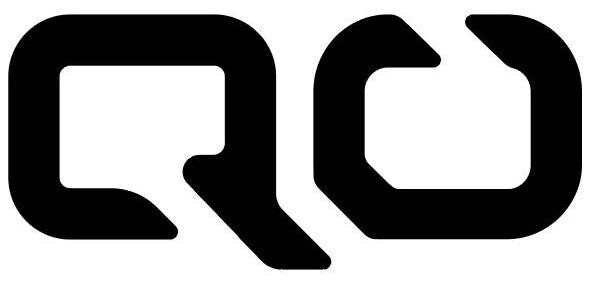Advanced crank geometry plays a vital role in optimizing power transfer during cycling. Unlike traditional designs that focused mainly on length and material, today’s performance cranksets are shaped with a deep understanding of biomechanics, rider position, and drivetrain efficiency. Factors such as crank arm angle, Q-factor, and offset significantly affect how power is applied and how comfortably a rider can maintain high output over time.
Crank Arm Angle:

Q-Factor:
Crank Arm Offset:

By precisely adjusting these geometric factors, modern cranksets align with the rider’s natural movement. This alignment improves pedaling mechanics and ensures that more energy is transferred into forward motion, rather than being lost through misalignment or strain. The result is smoother, more powerful pedaling—particularly beneficial in endurance events or during prolonged climbs.
Advancements in crankset design are supported by tools like motion capture, power meter data, and biomechanical modeling. These insights allow manufacturers to fine-tune geometry for specific disciplines and rider profiles, ensuring that each component works harmoniously with the human body.
Ultimately, crank geometry is more than just a technical detail—it’s a cornerstone of high-performance cycling. When crank arms are shaped and positioned with precision, riders enjoy greater efficiency, comfort, and control, mile after mile.


